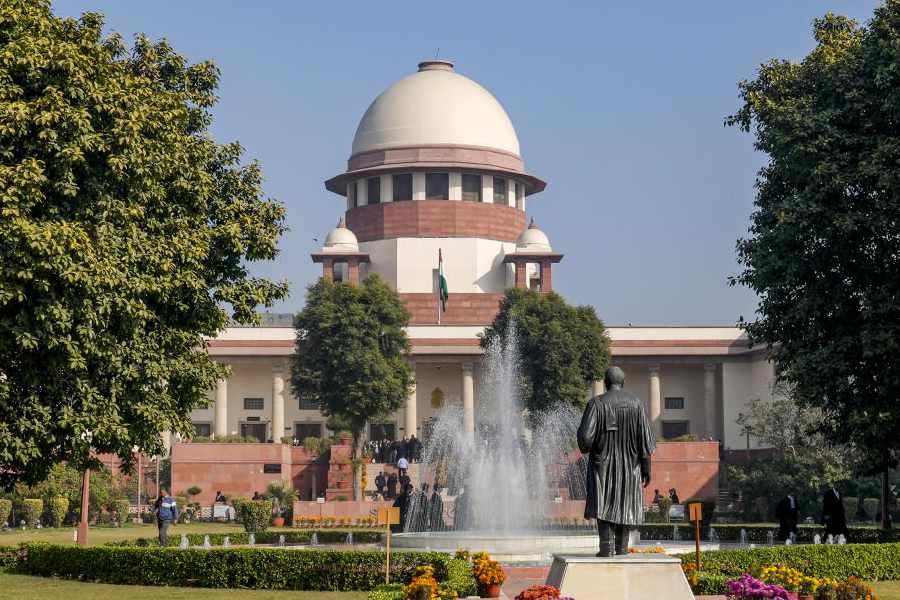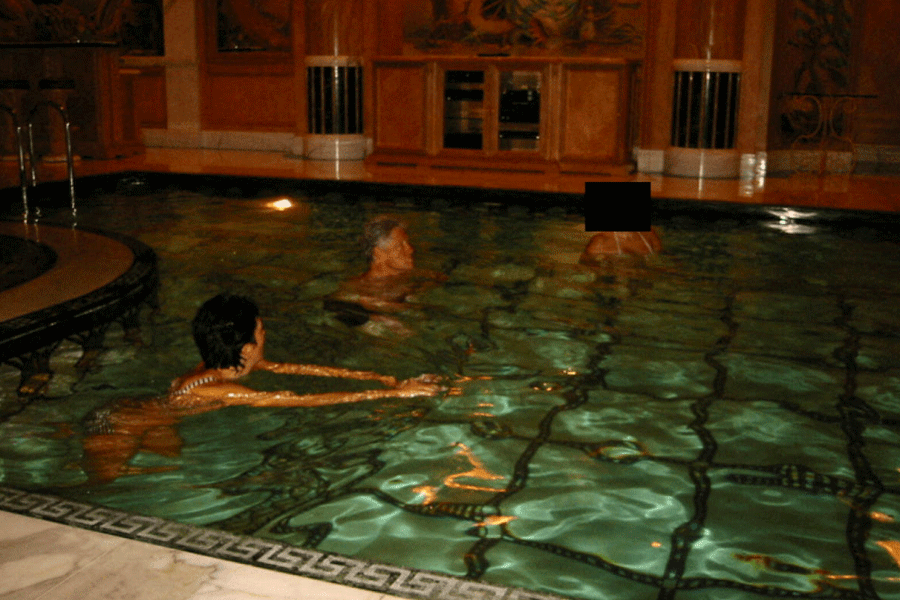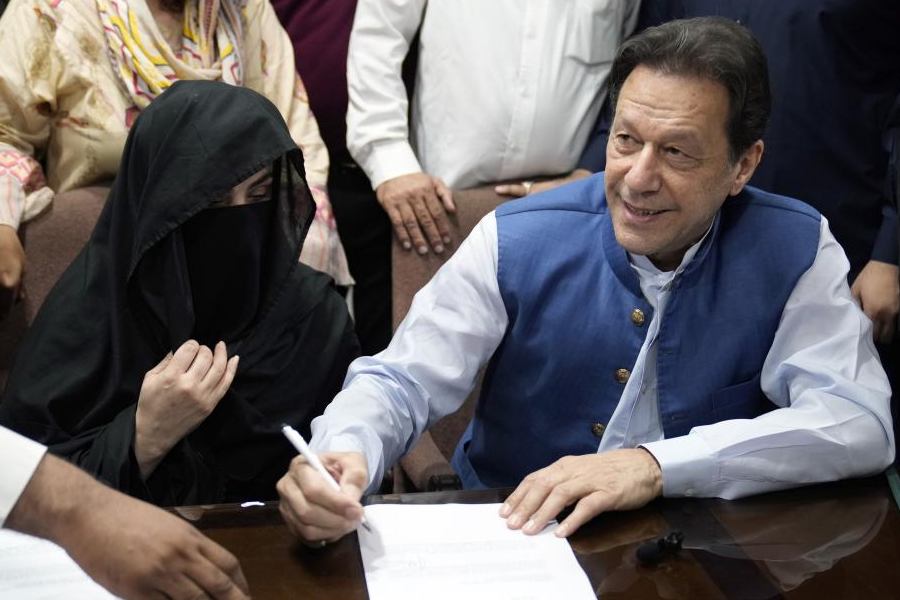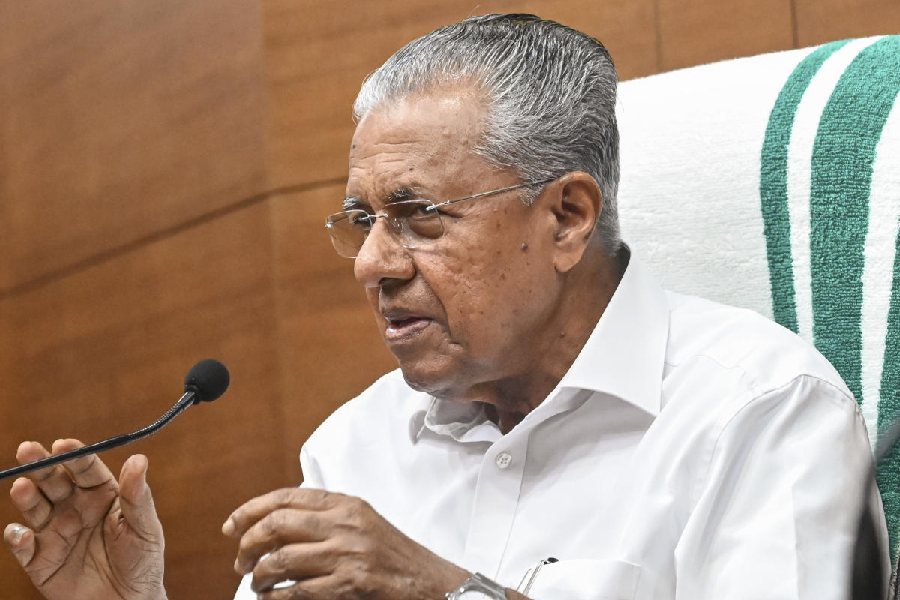 |
| Jogesh Chandra Pati |
Bhubaneswar, Feb. 3: US-based physicist Jogesh Chandra Pati, who has been conferred the Padma Bhushan this year, has advised students to nurture intellectual curiosity, originality and creativity to grasp new lessons.
Pati, 74, who is in the city, told The Telegraph that the country was progressing economically and the development in IT, management and banking sectors were satisfactory. However, a proper balance of studies in basic sciences was crucial.
“Universities must be funded by the government for better facilities and research activities must be encouraged. Innovative methods of teaching should be introduced in schools and colleges,” added the renowned physicist, who made a mark in his field in the early 70s for his suggestions that the three fundamental forces of nature — nuclear, electromagnetic and weak radioactive — have a common unified origin.
He said teachers needed to constantly update their knowledge to enable themselves to contribute to improving the quality of higher education.
“Teachers in foreign universities spend around three hours a week on classes and utilise the rest of their time on self-learning. However, teachers here are overburdened and take 22 to 30 hours of classes a week. This has to change,” said Pati, a visiting professor at Stanford University, California.
Pati, who hails from Baripada in Mayurbhanj, graduated from Ravenshaw University in Cuttack and then joined Delhi University for higher studies in physics. He was inspired by Albert Einstein and his physics professor at MPC College, Baripada, K. Sriram Murthy.
The physicist said that the Vedantic philosophy of unity in diversity influenced his thoughts on the unity of nuclear, electromagnetic and radioactive forces.
He was the first Indian to receive the prestigious Dirac Medal and Prize for the year 2000 from the International Centre for Theoretical Physics, Trieste, Italy, for his theory “Quest for Unification on quarks and leptons”. Dirac Medal is considered next to the Nobel Prize in physics.
Pati built his theory on the unification of fundamental nuclear particles called “quarks” and non-nuclear particles called “leptons” (like electrons and neutrinos). His researches were carried out in collaboration with Abdus Salam, the UK-based scientist of Pakistani origin.
Their original theory of quark-lepton unification advocated that such a unification would lead to proton decay and is the corner stone of modern particle physics today. The theory has provided some of the crucial ingredients essential to the origin of life.
The most sensitive research in this regard is now being carried out at the Super-Kamiokande Laboratories, located deep underground in a mountain in Japan.
However, theoretical and experimental physicists are urging the development of a detector that is far more sensitive than what is being done at the Japanese lab.
This would search for proton decay and a process called neutrino-oscillation and would provide a crucial test for the unification hypothesis proposed by the two scientists.
The US government has assured to bear the better part of the cost while the Indian government has also shown interest in the project.
Negotiations are going on for an Indo-US collaboration in the project.











